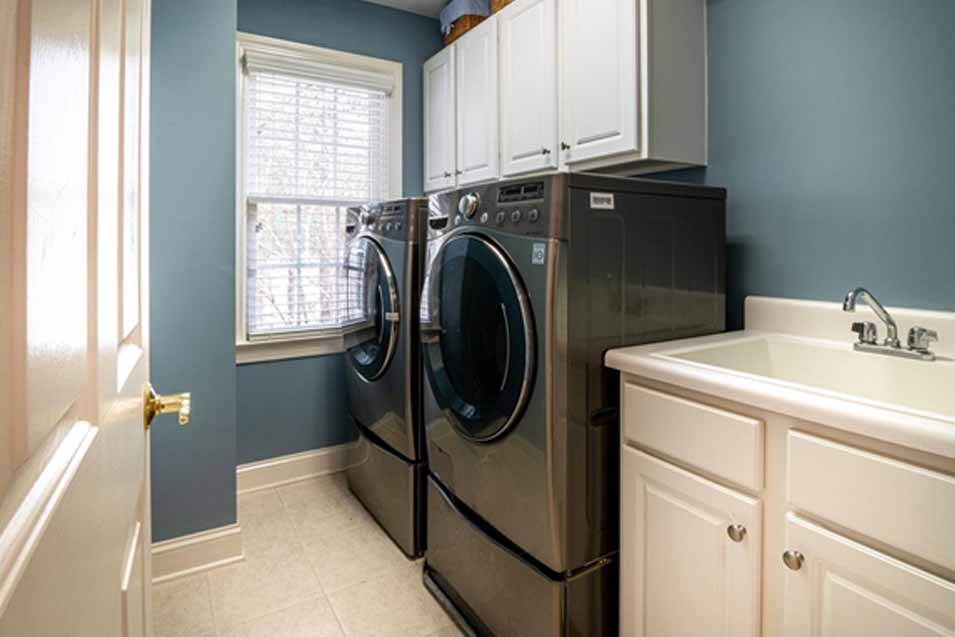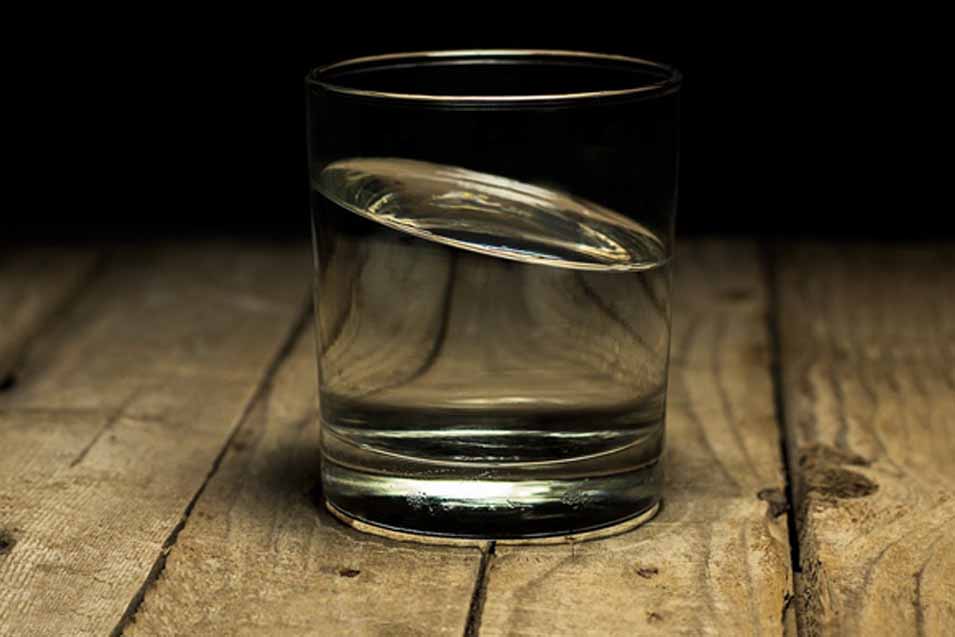
As a homeowner, you are bound to look into ways to ensure you have clean and safe water for your house – aside from drinking – for your electronic appliances, plumbing, and cooking needs. Most water is sourced from groundwater, lakes, and rivers and then stored and treated before reaching your tap.
Containing high amounts of mineral calcium and magnesium known as limestone, more than 80% of households in the USA have hard water. So, the chance that you’re dealing with a similar problem is likely high and going unnoticed, adding to your expenses.
While hard water is not harmful to your health, it can build upscale in plumbing and appliances like your dishwasher, laundry machine, and water heaters. Consequently, this reduces their lifespan.
Furthermore, harmful water contamination affecting one’s health can occur at any time, infecting building plumbing and drinking water systems.
Fact is, you can take care of the problems highlighted above and run purified H2O throughout your home by using a combination of water softeners or conditioners and a proper filtration system.
How Does Hard Water Impact Your Home?
Don’t you hate it when your expensive electronics stop working without explanation? Or perhaps your clothes are becoming increasingly rough? Maybe your electricity bill has increased suddenly? Hard water is likely the reason.
High amounts of mineral calcium and magnesium dissolved in hard water react with heat to form calcium carbonate. These are insoluble mineral deposits that form scum rings or build upon all sorts of surfaces, including your dishes, bathtubs, and the insides of your water heaters. This is potentially a severe problem as scale build-up reduces how efficiently heat transfers within the appliance.
When heat or water flow transfer is interrupted, your appliances increase how hard they work to get the job done. This increases your energy bills considerably while reducing the lifespan of pipes and significant home maintenance gadgets. Scale clogs also build up inside pipes, more commonly in those that contain hot water.
As the scale continues to constrict the pipe opening, water pressure and flow also reduce. In worst-case scenarios, you could end up with a burst pipe. What’s more is that because you’re unable to check the insides of your pipes regularly, this problem can go untreated for years unnoticed.
Easier ways to pick up high levels of magnesium and calcium are to look for residue when using shampoo, soap, or cleaning liquids. This leaves hands and hair feeling like they are not clean or have a film of product on them. Your skin could also feel dry. More visibly, chalky white residue build-up inside your faucets, bathtubs, and even dishes are also side-effects of hard water. Hard water also makes lathering difficult, leading you to use increased amounts of product.
Sadly, your clothes are not an exception. Since all laundry machines rely on your household water supply, detergent can get left behind and build up on your clean laundry. This results in damaged threads, consequently also reducing the lifespan of fabrics.
Hard water is a severe problem for all homeowners as it impacts doing day-to-day tasks. But that’s not all. Other impurities can infiltrate your home water supply affecting drinking and cooking with water.
Water Contamination
All over the world, water is treated with chlorine and other chemicals to remove contaminants. However, this water can then come into contact with harmful metals like lead, mercury, etc., pesticides, and other dirt particles on the way to your homes. So it’s important to remember water travels through long pipelines before it reaches your faucets.
High amounts of chlorine, minerals, and other impurities make water smell and taste bad. Where you live, and local authorities determine how water is treated. While, for the most part, the bacteria and micro-organisms found in unfiltered tap water are not harmful to your health, prolonged exposure and certain types can cause serious illness.
In addition to the effects contaminated water has on you, switching or relying entirely on bottled water has a detrimental impact on the local environment. So, how do you treat contaminated and hard water at home? Let’s jump right in.
Water Softener-Filter Solutions
It’s a common misconception that water softening and purification are interchangeable. In fact, they deal with specific tasks that together result in potable, soft water for your residence.
Water softening or conditioning does not purify or remove contaminants from water. Instead, it is designed to target calcium and magnesium minerals.
Using ion-exchange technology, water softeners or conditioners eliminate minerals by switching them with sodium particles. This process uses salt and resin beads that soften the water, resulting in household water supplies that do not build upscale.
On the other hand, water filters target contaminants such as bacteria, chlorine, pesticides, and harmful metal particles that can infiltrate the water during transport. For example, lead poisoning is common when your pipes rust and corrode, seeping the toxic metal into drinking and household water.

Similar to the water softening process. Reverse osmosis is a filtration process that uses a special membrane or chemical filtration to remove larger particles that do not belong in the water. The membrane allows pure water to pass through, filtering remnants of dissolved particles or any impurities.
Some filtration units use activated carbon or microporous filters. They work in the same way as reverse osmosis filters to trap contaminants in a controlled system. Some water filtration systems go as far as to remove the unwanted particles straight through your drain.
A combination of water softener and filter helps lower utility costs, increases energy efficiency, and also gives you great-tasting, safe drinking water for your home. Most of the time, you need both a water softener and a water filter to overcome water quality problems.
Depending on your household needs, several water systems deal with both problems simultaneously.
Buying Your Own Water Purifying and Softening System
Water purifying and softening systems are known as water refiners as they are multi-purposeful. They are an all-in-one setting that removes and reduces impurities, scale, and any foul tastes. When buying your purifier and softener duo, the first step is to ensure it meets your capacity requirements. For example, several refinery systems range from 100,000 gallons of water purification to 1 million gallons before needing a filter change or clean.
After installation, most refinery systems do not require extensive maintenance, so they are a great, easy to manage mechanism for all homeowners. In addition, all such devices come with indicators for you to check their status, eliminating hardness and impurities while allowing you to check the filter only when needed.
If you want to analyze your situation better to determine your needs, water test kits allow you to test out your water. The results show how hard the water is and what impurities can be traced in it. This way, when you choose your own, you can correspond your needs with the technicalities of the different options available to you.
Some filters come with apps and Bluetooth connectivity so you can control your home’s water purification through your smart devices too! This is ideal for frequent flyers who stay away from their homes for extended periods at a time.
Are you ready to improve your home water quality?
Water filtration and softening are essential for all homeowners. To sum up, they not only reduce the build-up of limescale but also protect your wellbeing.
Increasing the efficiency and lifetime of your existing appliances is an added benefit of water treatment. Furthermore, you can avoid cracked and damaged pipes, clothes, and even skin by installing proper water refinery systems for your home.
You can choose from various solutions, including different filtration and softening processes from activated carbon and reverse osmosis to softening with or without added salt. Essentially, there is a solution available for homeowners of all the different scales and needs.





